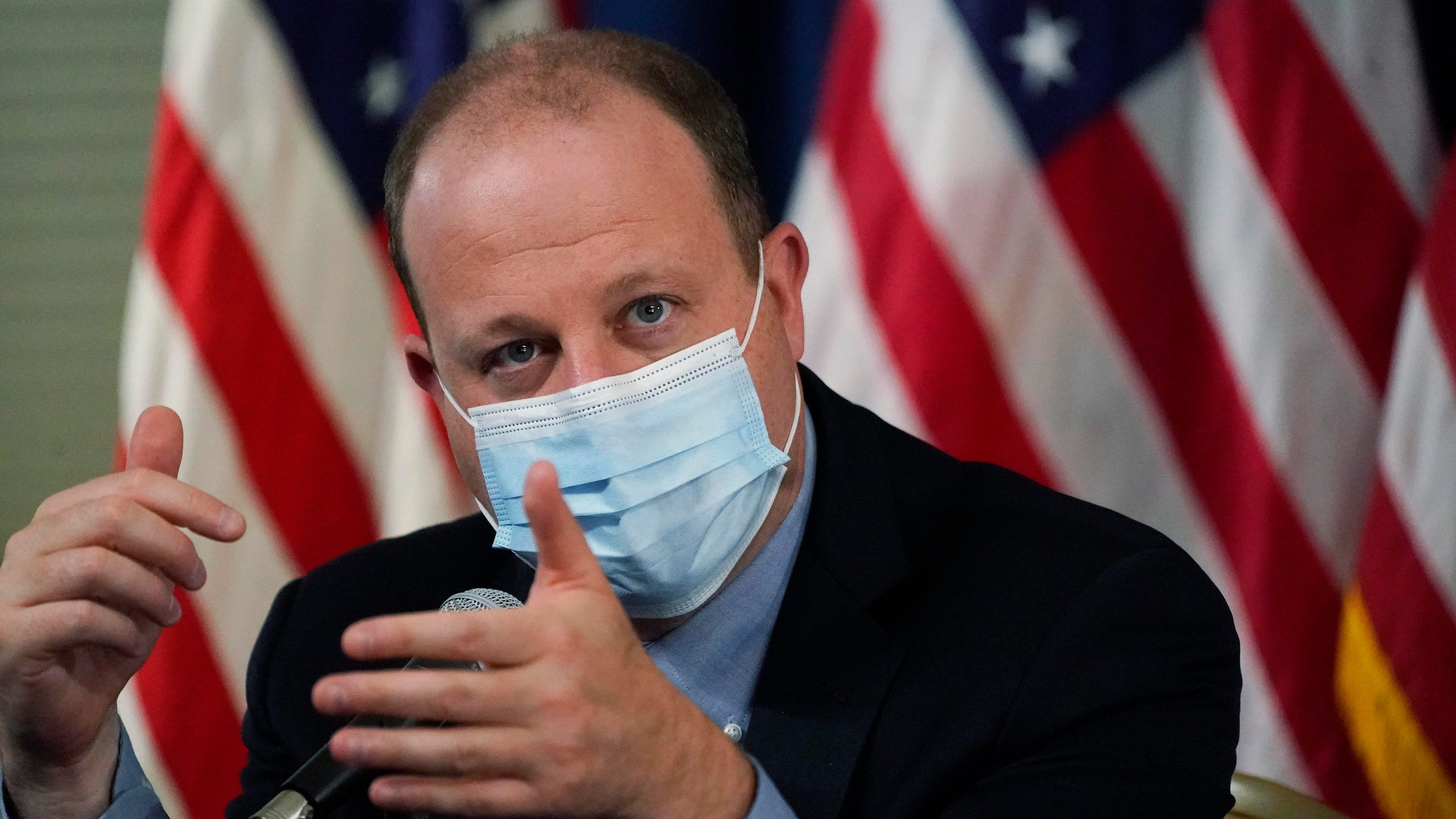Coronavirus cases across the U.S. are finally on the decline after a summer wave of infections, but some states are still seeing numbers rise.
For the week ending August 31, the CDC reported that 16.3 percent of all COVID-19 tests performed in the U.S.—excluding at-home test results—were coming back positive. This is a 0.4 percent decrease from the previous week, but the infection rates have not been evenly distributed across the country.
COVID-19 Infection Rates in Different Regions
For much of the summer, region six—which incorporates Arkansas, Louisiana, New Mexico, Oklahoma and Texas—showed the highest rates of COVID-19 infection, with as many as 1 in 4 tests coming out as positive in early August. However, in the last week alone, positive cases have declined in this region by 4.4 percent and, as of August 31, just 14.5 percent of cases were coming out as positive.
Now, the region with the highest percentage of positive tests is region three—covering Delaware, District of Columbia, Maryland, Pennsylvania, Virginia and West Virginia—where 19.5 percent of all tests performed in the week ending August 31 came out as positive.
This is followed closely by region seven—covering Iowa, Kansas, Missouri and Nebraska—at 19.3 percent, and region five—covering Illinois, Indiana, Michigan, Minnesota, Ohio and Wisconsin—at 18.6 percent.
Region three has also seen the largest increase in test positivity, up 3.6 percent from the previous week.
New Subvariant XEC Emerges
Despite the overall reduction in positive cases across the country, COVID-19 detection in wastewater is still "very high" in roughly half all U.S. states.
Move than 40 percent of all U.S. COVID-19 cases over the past two weeks have been attributed to the now-dominant subvariant, KP.3.1.1, which belongs to the FLiRT group of viruses that emerged earlier this year.
However, while the U.S. has seen a steady rise in infections over the summer, hospitalizations have remained relatively low. The new FLiRT variants, while more infectious, do not generally cause as severe symptoms.
But experts are keeping a watchful eye on a new subvariant, XEC, which was first detected in Germany. It could surpass KP.3.1.1 in the coming weeks. Though XEC has been detected in the U.S., its prevalence is still low and there isn't a lot of data on this new subvariant yet.
Listeria Outbreak
Those concerns about bacteria in deli meat are unfortunately aren't anything new. However, last week we saw the CDC remind the public to avoid eating recalled deli meats amid a listeria outbreak that has expanded to become the nation's largest since the one linked to cantaloupe back in 2011.
This outbreak began back in July. It's been reported on by multiple sources, including CNN and The New York Times over the past week. That CNN headline urged everyone to check their fridge.
Taking a look back at where this began, Boar's Head issued a recall in late July for more than 7.2 pounds million of its ready-to-eat liverwurst and other deli meat products, and that was due to concern about potential listeria contamination.
Since then, we've seen CDC report a total of 57 people who've been hospitalized across 18 states. We know that nine people have died in connection with this outbreak, as the CDC pointed out that true number of illness is probably much higher because some people have a milder case and they aren't necessarily tested for listeria. There's also a lag time between when an illness happened and when scientists can connect it with an ongoing investigation.
Measles Outbreak
While those headlines have really largely been focused on Oregon, which is now experiencing the largest measles outbreak that that state has seen in over three decades, Minnesota is also seeing an increase in cases.
That outbreak is mostly affecting children in the Somali community. This really mirrors a larger trend of rising measles cases across the U.S. this year. According to the CDC, nearly one third of the measles cases since the COVID pandemic have occurred in the past three months. And we know that as of Tuesday, the CDC is reporting that we've seen 236 cases of measles in the U.S. so far this year. That compares to 58 cases in all of 2023.
Health experts do continue to attribute the reappearance of this disease to the falling rate of children getting their MMR vaccinations and have noted that the outbreaks are mostly confined to pockets of the population where young people have not been vaccinated. We do know that two doses of the MMR vaccine are 97% effective at preventing measles.
Back to School and Vaccine Importance
The back-to-school season can lead to an increase in infectious diseases, including COVID-19 and measles. The CDC recommends that all eligible individuals get vaccinated against COVID-19 and measles to protect themselves and others. Vaccinations are crucial in preventing these diseases and ensuring a safe and healthy environment for everyone.


















